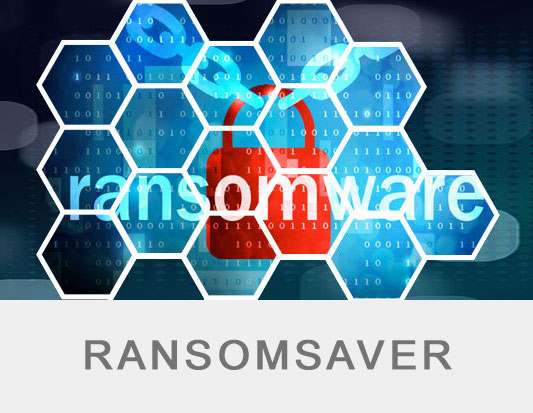
17 Dec Seven + 1 Effective Measures for Cybersecurity in Businesses
Cyberattacks are a big risk for all businesses, big and small.
They can disrupt how things run and may cause a loss of money and customers. If a company’s cybersecurity is broken, it can harm its employees, daily work, legal duties, money, good name, and relationships with other businesses.
We offer useful advice to companies on how to protect themselves from cyber-attacks. This is important because every 10 seconds, there’s a ransomware attack, and one out of every four organizations gets attacked every week. Just like keeping things safe in the real world, cybersecurity is about the technology a business uses, how it manages things, its partners, and its employees. It’s a key part of how businesses move into the digital age, and it’s tied to keeping their operations running smoothly, maintaining their good name, and protecting what they own.
Some statistics about cyberattacks and their effects on businesses:
- About 43% of small and medium-sized businesses that lose their data never start up again.
- On average, it takes 23 days to get things working normally after an attack.
- After a cyber security problem, the cost to fix things can be so high that it might cause a 57% rise in the prices of products and services. This makes the business less competitive.
- Between 85% to 90% of successful cyberattacks happen because of mistakes people make. One attack can result in being forced to pay two or three times.

Here are the seven steps to reduce the risk of cyberattacks for your company:
-
Starting Point: First, find and assess the company’s weak spots. This can be done by the company itself or with help from outside experts. This assessment is the foundation for the company’s plan to protect itself from cyber threats.
-
Cybersecurity Action Plan: Create a detailed plan for cybersecurity. This should include updating systems, training employees, and setting up rules for handling cyber incidents, as well as making sure everyone in the company is aware of cyber risks.
-
Assigning Cybersecurity Roles: Decide who is responsible for cybersecurity. This involves setting up a system of rules and responsibilities, and having clear procedures for what to do if there’s a data breach or another type of incident.
-
Securing Equipment and Data: Take basic but important steps to protect passwords and emails, keep security systems up to date, and watch over all connected systems and devices to prevent attacks.
-
Training Employees: Hold training sessions and workshops, and regularly update staff to build a culture of cybersecurity. This helps make the company and its employees more resilient and always alert to threats.
-
Linking Cybersecurity and Business Operations: Understand that cyber threats can disrupt operations. Have a solid plan ready that outlines how to respond to cyber risks and what to do to recover quickly if an incident happens.
-
Recovering from Cyber Attacks: Have a plan ready for responding to incidents. This should include how to manage an attack, limit its effects, and get back to normal afterward.

Extra +1 Step:
Convert your servers into virtual machines and separate them from the rest of your network using a no-cost tool like Microsoft’s Hyper-V.
Regularly back up your servers using our free tool, onto portable external hard drives and keep them in a safe place away from your office.
Change these off-site drives weekly or as required by your needs.
Get your business up and running quickly after an incident by simply launching your servers from a backup location.
Be operational in less than an hour.
Get in touch with us to learn from our real-life experiences with incidents and actual client cases.









